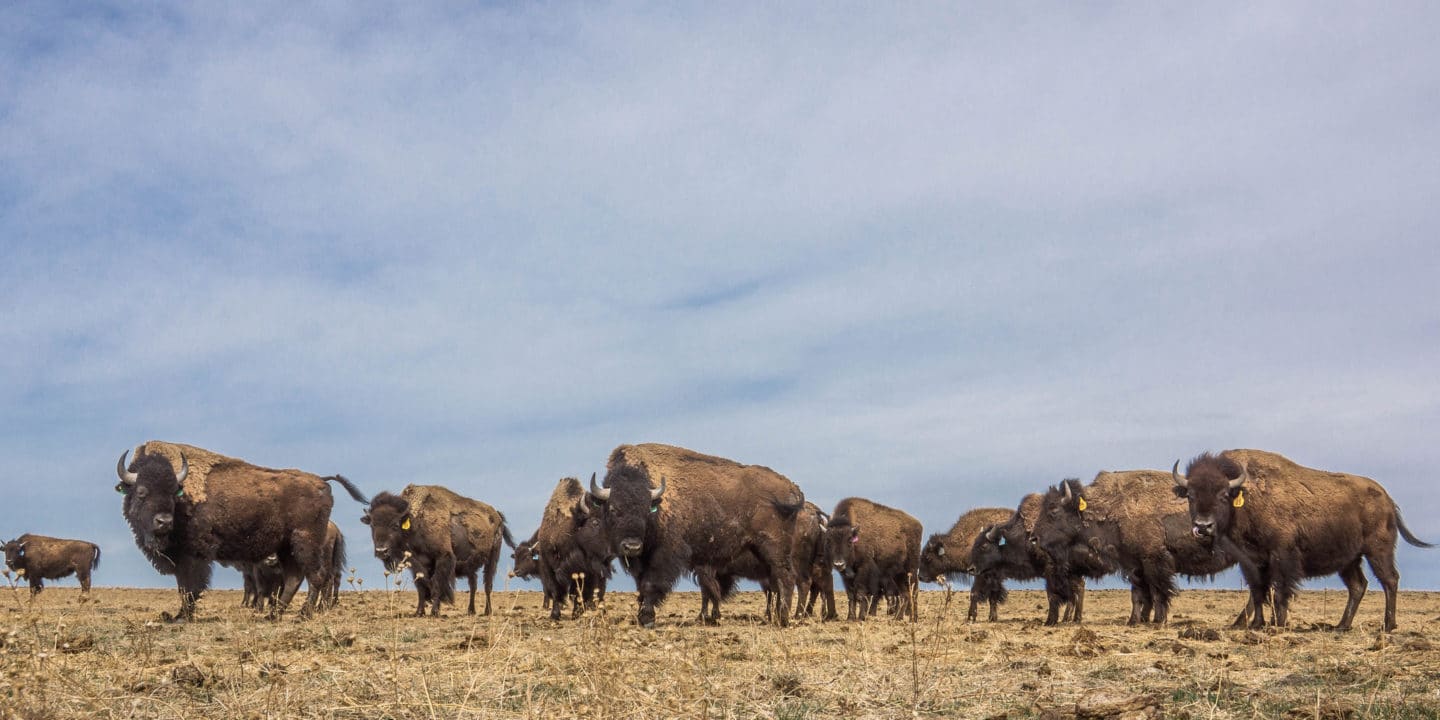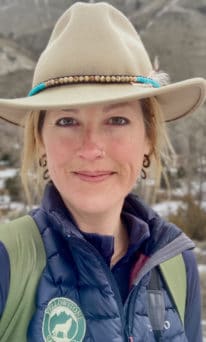On the Prairie
It is late morning, and the open prairie is awash with pastoral smells, pungent to our noses and stinging to our skin. The wind is blowing a fine dust across our eyes as we watch a herd of 35 buffalo begin to lope toward a huge bale of hay we have just laid down for them. Their hooves throw more grit and dung into the air until they are almost hidden by the haze. The sky above is vast and blue, with faint wisps of clouds as far away as they can be, just the ghost of water vapor. One can sense that the land awaits a good rain. The buffalo snort and huff and barely take notice of the five humans standing there in reverence, our giant smiles laced with dirt. They simply drop their heads and pull heaps of grass into their gullets.
Because we know these buffalo are still wild at heart, we are sticking close to the heavy-duty work truck, faded red, that bore us here; property of Grant Stafne, manager of the Fort Peck Buffalo Program. He has outfitted the back with huge steel pincers and ramps which he uses to transport 500-pound bales of alfalfa from their storage mound out into the buffalo pastures for daily feedings. Surrounding the pen are 10ft-high steel fences, and several ominous-looking surveillance cameras, somewhat out of place on such a remote ranch. The truck, the people, the massive equipment, the fencing. The scene would feel severe if we had no understanding of the significance of this place.
The dust has settled and the unraveled hay is fragrant, sweet and grassy, a memory of high-summer when it was harvested. Grant looks upon the scene and comments with a chuckle that he is just a rancher, and nothing more, but we see through the humility. There is enough pride radiating from him to fill this prairie.
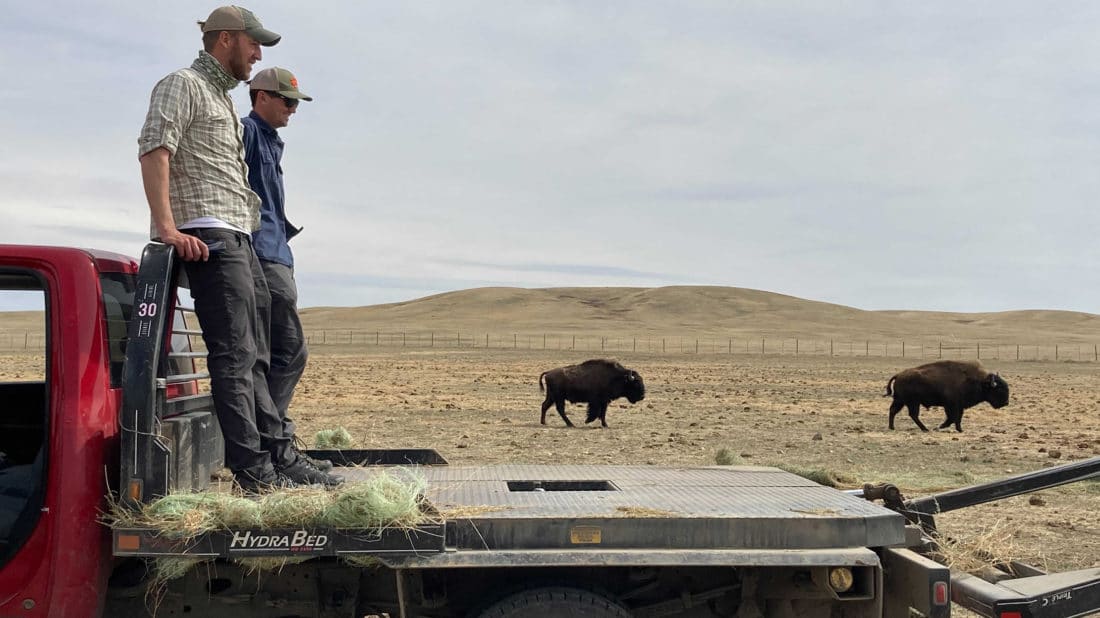
The Return of the Buffalo
This land is new to the buffalo in this pen. They are recent transplants from Yellowstone National Park, where only 6 months ago they roamed through the mountain valleys of the Northern Range, great swathes of protected land between the Absaroka and Gallatin Mountain Ranges of Northern Wyoming. Their freedom, as they knew it, ended when they left the boundary of the National Park and were corralled, tested for disease, held in confinement, herded onto semi-trucks, sedated, and moved 450 miles to be here, the Fort Peck Reservation in Northeast Montana. But this is not the end of their story, it is the beginning of a new era and they are the harbingers of change.
They began in a place where they lived wild, where their population was saved a hundred years ago from the fate of complete eradication and extinction and where they were given space to grow and expand. A place where they were protected, even under armed guard, studied at length, interpreted, analyzed, a clear and integral part of a world biosphere and a nearly intact ecosystem; a place where they were also the center of incredible public attention. They were gawked at, incessantly photographed, approached by visitors, even harassed, and often, ignorantly romanticized. A place where they are referred to at the request of the National Park service and those who consider themselves to be “well-informed” in the scientific vernacular as; bison.
Now they are here, on a federally-designated reservation for the Sioux (Lakota and Dakota) and Assiniboine (Nakota) tribes, which, like Yellowstone National Park, covers over 2 million acres. The buffalo stand on land which has not known their presence for over a century, but at one point was saturated with them. They stand amongst people who stewarded and cherished them for a millennia, people who hunted them, using every piece and part of their body for nourishment, clothing, tools and ceremony, and people who gave thanks for them. They stand among people who followed them across thousands of miles in the lands between the Missouri River and the Rocky Mountains, people whose entire yearly cycle was interwoven with theirs, people who depended on their presence, on the consistency of them, up until the era when they were slaughtered, and then through the decades where the ache of their absence permeated their lives, until now. Each native tribe has a word for this animal, a female and male distinction, but collectively these animals are known to them in English as buffalo.
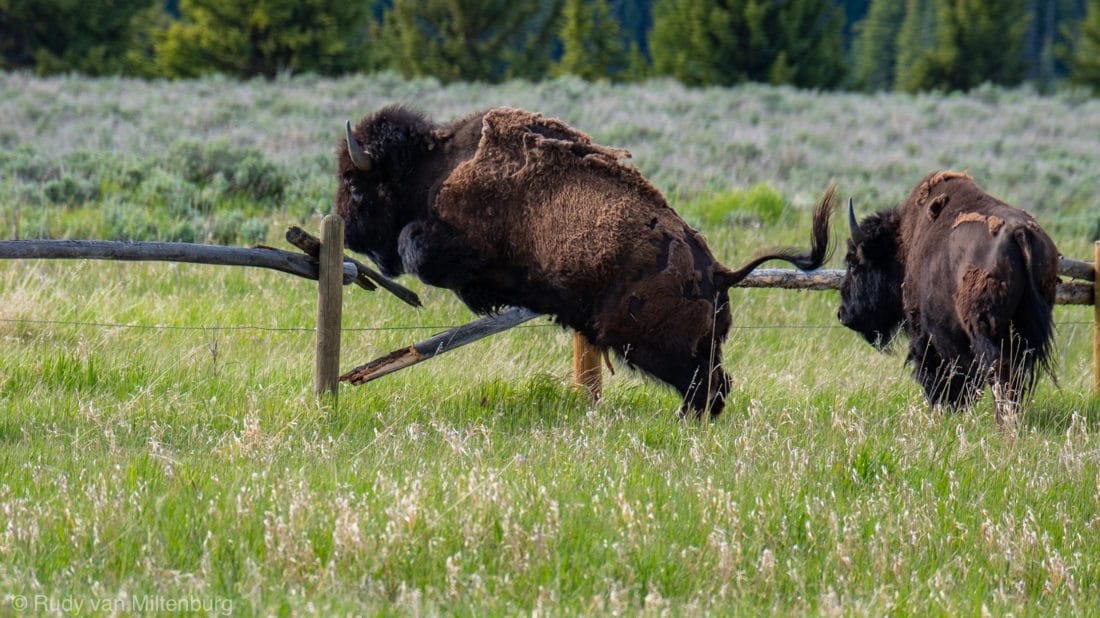
In their nature, these animals do not know boundaries or tolerate fences, do not understand whose “ownership” they are under. They are free-ranging megafauna whose instinct constantly drives them to migrate and to move across the landscape, feeding on grasses as they go, promoting growth, promoting health. They scale mountains and ford rivers, traverse vast plains and navigate arid badlands. They are adaptable and powerful. Their numbers were once in the tens of millions. But in the last two centuries they have lost everything.
As a fixture of a never ending seesaw of desire and distain, these animals’ welfare depends on their nomenclature. The State of Montana has declared them a livestock animal with disease, and has time and time again declared that it will not allow bison to leave the boundaries of Yellowstone National Park. They are trapped, constricted, and confined as much to the lines of the National Park as they are in quarantine on the reservation. The difference is in the people who steward them. The buffalo in this pasture are new to hay, new to fences, and they have never been to this land. But this land and its people have memory. They and the buffalo know one another, and they are getting reacquainted quickly.
The Fort Peck Buffalo Project
Though bison have a seemingly idyllic life, buffalo face contention. For years they have been the center of a political war which wages between ranchers, conservationists, and politicians. They carry a disease called brucellosis, which, to hear some speak of it, is akin to atomic warfare. Their nature propels them to migrate, but the moment they cross Yellowstone’s boundaries they are either captured or killed, for fear of spreading this disease to Montana’s livestock. This has been the largest hurdle in restoration of buffalo herds outside of the National Park. Their absence from the land, slaughtered nearly to extinction over a hundred years ago, has also hindered their return. Twentieth century society deemed bison suitable for National Parks, but never allowed them to roam free.
Despite this fact, the many tribal nations of the great plains, and as far away as Alaska, have requested to partake in the bison herds as they once did. For nearly a decade, eleven tribes have been asserting their treaty rights to hunt the boundary bison of Yellowstone National Park, (to the shock and awe of the average tourist for six weeks each winter). But more recently, native nations have shifted their requests to a full reestablishment of buffalo herds on tribal lands. For their own use, in their own way. The community at Fort Peck have fought hard for their role as leaders in this movement. Because of their leadership and perseverance, for the first time in modern history, wild bison from federal lands are reintegrated on their ancestral range as buffalo.
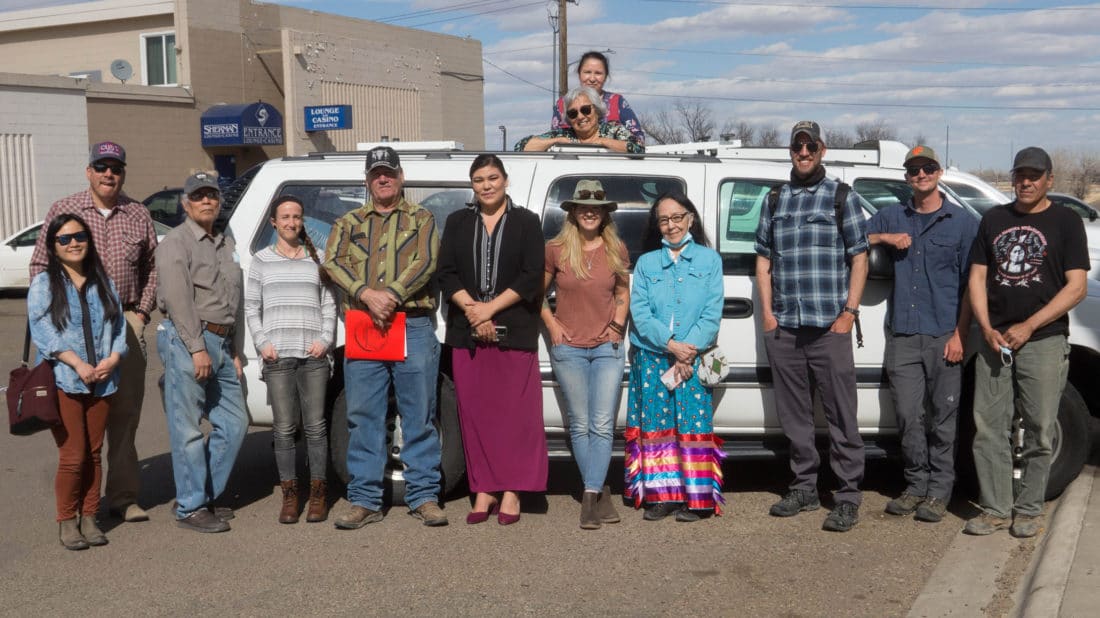
The day before we visited the buffalo on the reservation ranch, we met with Grant Stafne as well as Robbie Magnan, Director of the Fort Peck Fish and Wildlife Service, and several members of the Pté Group, the local Fort Peck Buffalo Program. (Pté means female buffalo in the Lakota language, and represents the leader and matriarch of the herd). Grant Johnson and Will Sherman, seasoned and talented wildlife guides for Yellowstone Safari Co, accompanied me to witness, to listen, and to learn of this coalition’s work to bring buffalo back to these lands. We were there also to deliver a donation of two company vehicles to support their efforts in connecting their people, and visitors, to the herds of more than 600 animals which have become an incredible source of joy to their community.
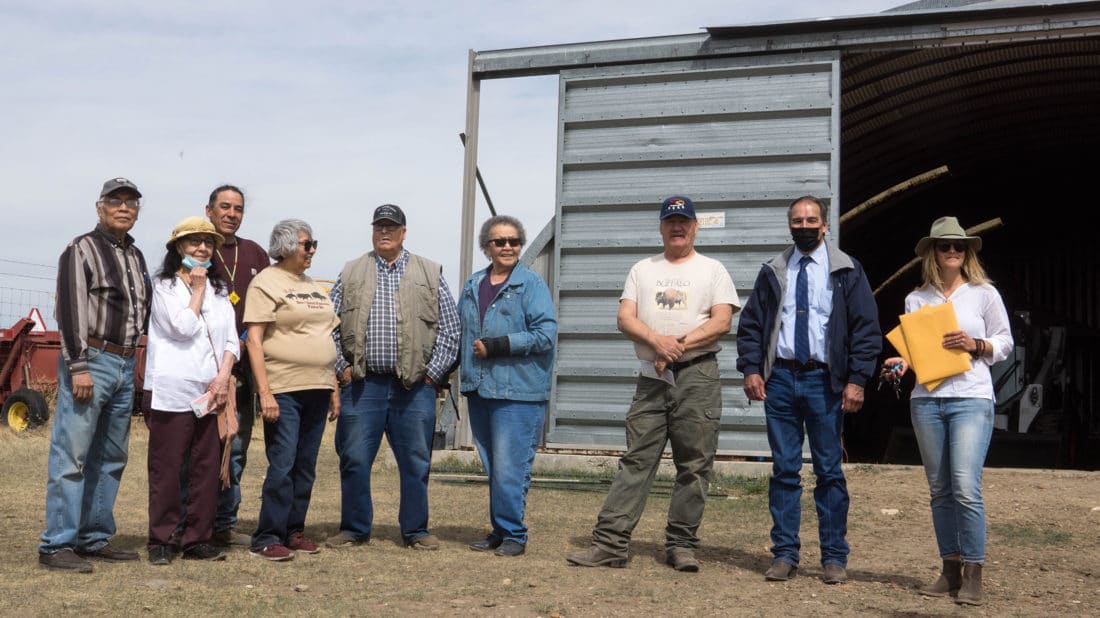
The Pté group formed as the possibility of returning buffalo to their land became more and more a reality. The group, led by Jonny BearCub Stiffarm and distinguished members such as poet Lois RedElk, and HeadStart Director Hilary Gourneau, is tasked with legacy, education and connection for their buffalo herd. They meet and hold gatherings for visitors regularly to discuss the management program, to showcase their efforts, and to tell stories. They have successfully partnered with the World Wildlife Fund to broaden the scope of their funding initiatives and viewership. They have garnered support from conservation groups, private touring groups, and legislators who believe in their cause. They have supported the growth of the buffalo holding facilities on their land to appease officials who oversee lands bordering the tribal nation, and the current policies of the State of Montana and the National Park Service. They have helped develop a business model to utilize the buffalo for monetary gain by allowing outsiders to pay for a lottery hunt for a select few animals each year. They are innovating, and they are dedicated, and they are gaining momentum.
What seems to be the most vital aspect of all, is that they have introduced something to their people and to the land which cannot possibly be monetized, and can never be categorized. They have brought back the buffalo.
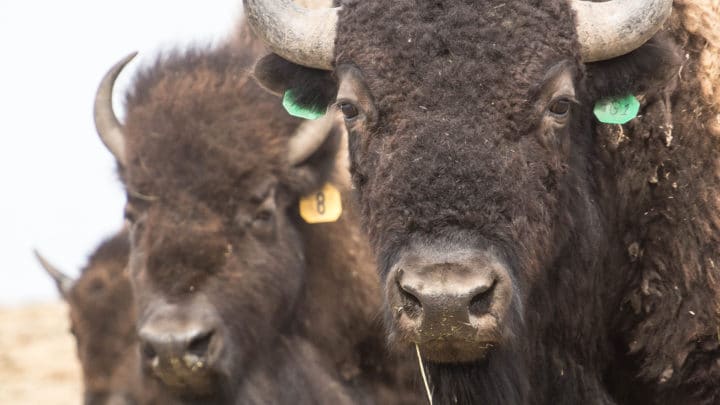
Ghosts of the Past
I grew up in Jackson Hole, where a resident herd of bison thrives. They are one of only 3 genetically pure bison herds who inhabit public lands, the 900 or so in Jackson Hole adding to a total of about 11,000 nationwide. I spent time near bison throughout my childhood in the shadow of the Teton Mountains, and as an adult naturalist and wildlife guide, tracking and viewing the animals with visitors from far and wide. I took for granted my proximity to these animals, and truthfully could not fathom the privilege of their freedom, even their existence. When we sat down with the Pté group to learn about their program, we listened to every adult in the room share the story of their first encounter with a buffalo.
One theme became apparent; their childhoods were filled with ghosts. They began with talk of the loss, of the greatest kinds of loss you can imagine. They spoke of memories shared with them, of the time before white people, times where buffalo were everywhere and provided everything. And then, in the span of one generation, they were nowhere. They spoke of long hours listening to their elders share the importance of the buffalo, from time immemorial, and having to use imagination to grasp what they were referring to. There was melancholy in these stories, of a hopeful people waiting, waiting for the day it all might become real again.
Lois RedElk, a respected elder and member of the Pté group, invited us to share in reverence of the buffalo of the past and their vision for these buffalo for their future. She shared memories from her grandmother, a relative of Sitting Bull, of Mormon crickets showing their people where the buffalo were, in stormy days on the prairie, and how the buffalo showed the people the medicine in echinacea by their intense love of the colorful flower tops in summer. The perceived lesson was “pay attention and follow the messages”. The group members then passed around various elements of a recently harvested buffalo from their herd, a buffalo hoof used as a sage smudging container, another having been made into gelatinous broth, thick clumps of buffalo hair, bones from a heel, and a heavy bull’s skull. Then came more stories from their grandfathers, and the more they talked, the more they wanted to say, and we could have sat and listened for an untold number of hours before they ever came close to finishing.
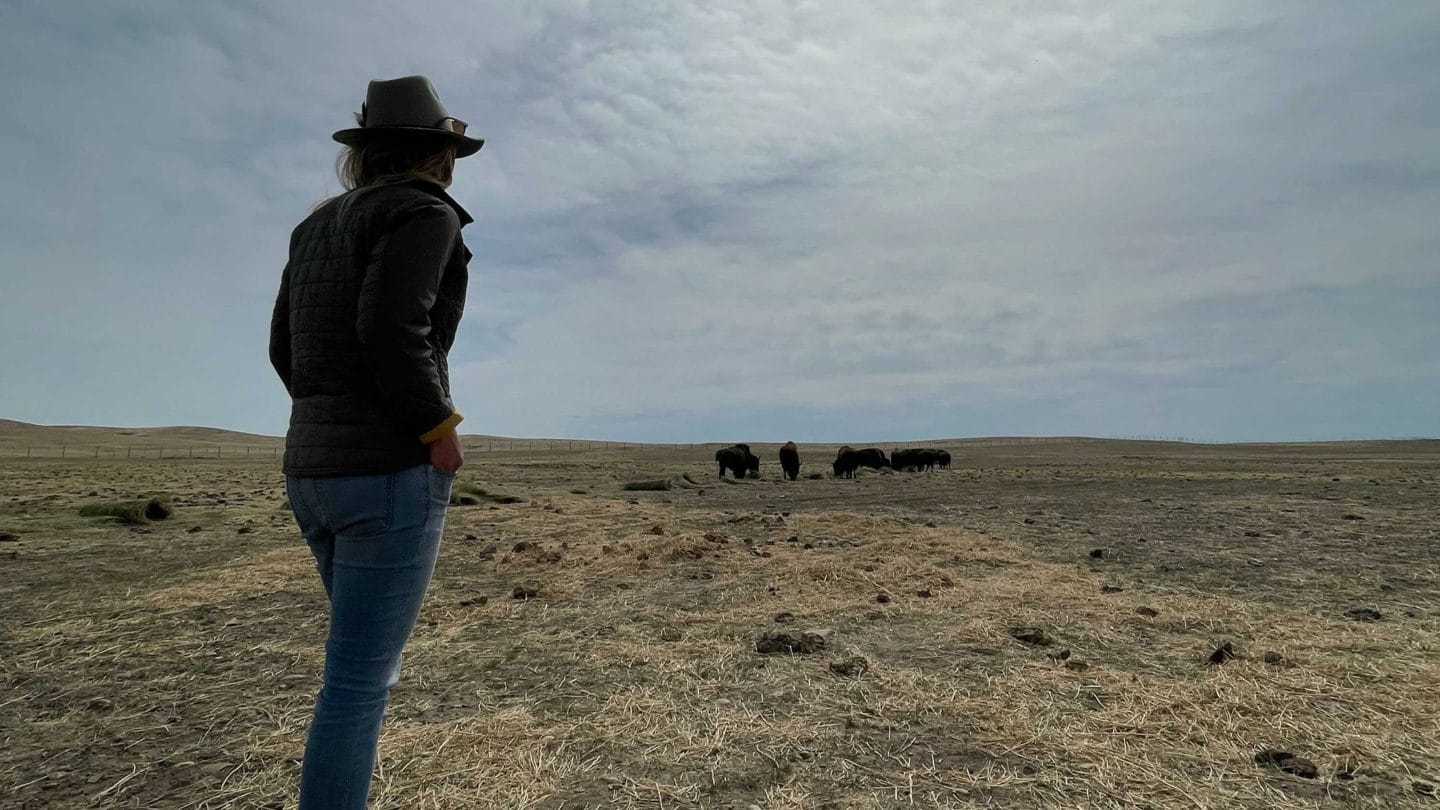
As naturalists, we endeavor to learn and appreciate and to share this Earth with every other living thing. No amount of passion can match the relationship we were allowed to see in those few hours, listening to Lakota people sharing about the buffalo.
After decades of bureaucratic struggle, and countless petitions at the State and Federal levels, the year 2000 saw the land at Fort Peck touched by buffalo hooves for the first time in 120 years. Those animals came from another tribal buffalo group in South Dakota. In the year 2014 after years of dedication from the Pté Group, the Fort Peck Buffalo Program and the Intertribal Buffalo Council, Fort Peck’s quarantine facilities were finally certified, verified and otherwise politically sanctified to officially accept wild, genetically pure buffalo from Yellowstone National Park, the final remnant herd. This monumental achievement means that Yellowstone bison will be dispersed across the country on federal and tribal lands, where State policies or private oppositions cannot interrupt them. The significance of this has rippled across tribal nations.
One might wonder, what do wildlife guides, who profit from the presence of wild bison in Yellowstone, and native peoples living outside of the National Park, have in common?
As we ventured out to the buffalo ranch along a faint two-track road from the nearest town of Wolf Point, I couldn’t help but imagine the rolling landscape filled with thousands, even millions of buffalo as it once was. Many of us who live in the west, and certainly those of us who work as outdoor educators, tell the story of the bison slaughter that occurred in the late 1800’s. However, we tell it from a distance, and from a non-native perspective. This is inevitable. The people whose story we should listen to are here, the tribes who once watched in horror as their food, their culture and their existence were violently stripped away. They are the ones spearheading a movement to restore the buffalo, their legacy, to their lands.
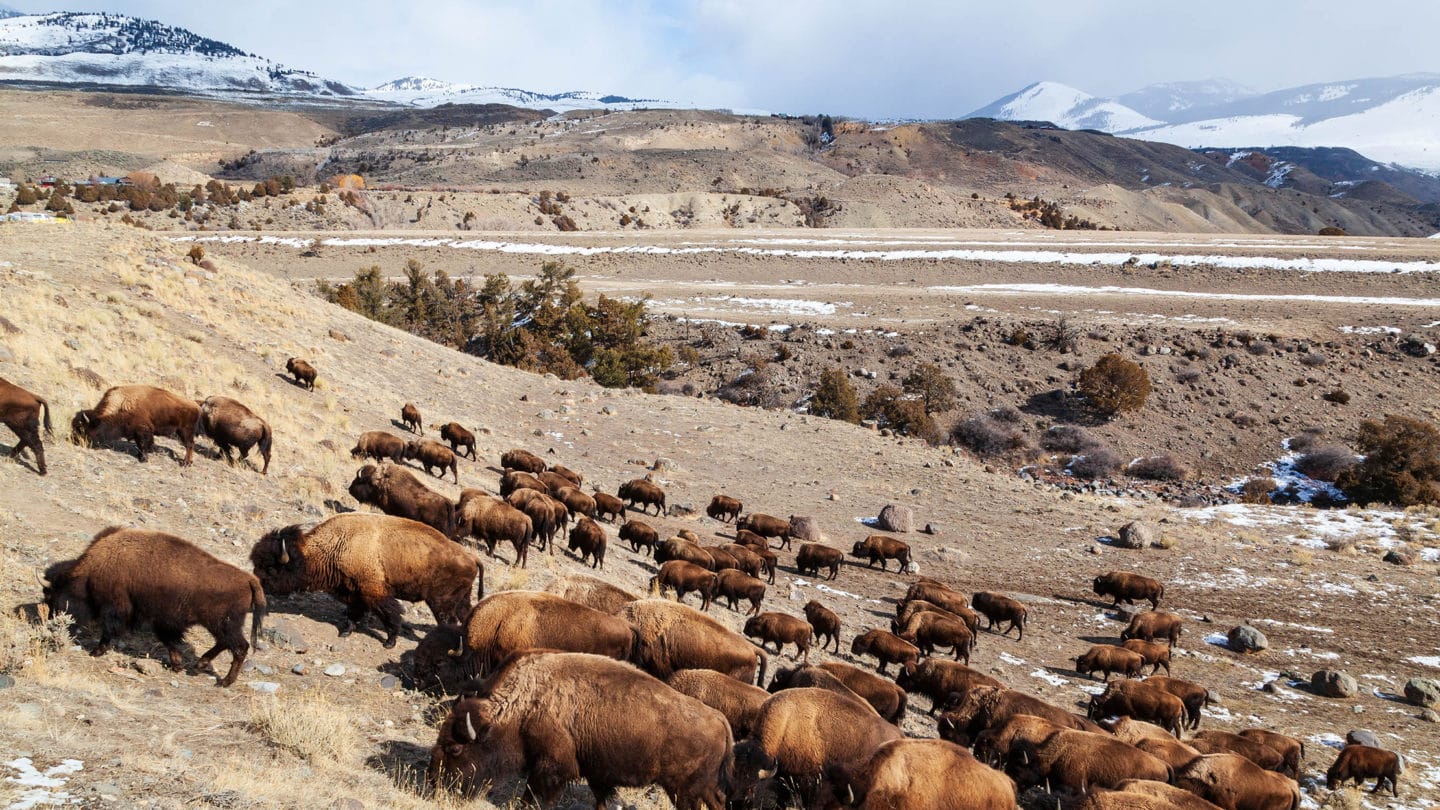
The truth is, buffalo are a national resource, and a treasure for North Americans. They are our national mammal, but even this pales in the comparison to what they mean to this land and the people who cherished them first. Their story has made a deep mark, a fierce and angry brand on our history, which is taking a long time to heal. We believe that restoration is the way to salve the wound and this is why Yellowstone Safari Company proudly supports the Fort Peck tribes and their collective dedication and efforts to restore buffalo to their native lands.
The Lakota elders have said, “The next generation will grow up seeing buffalo on their lands, and know that they belong there”. It is a homecoming generations in the making that will be revered for generations to come.

